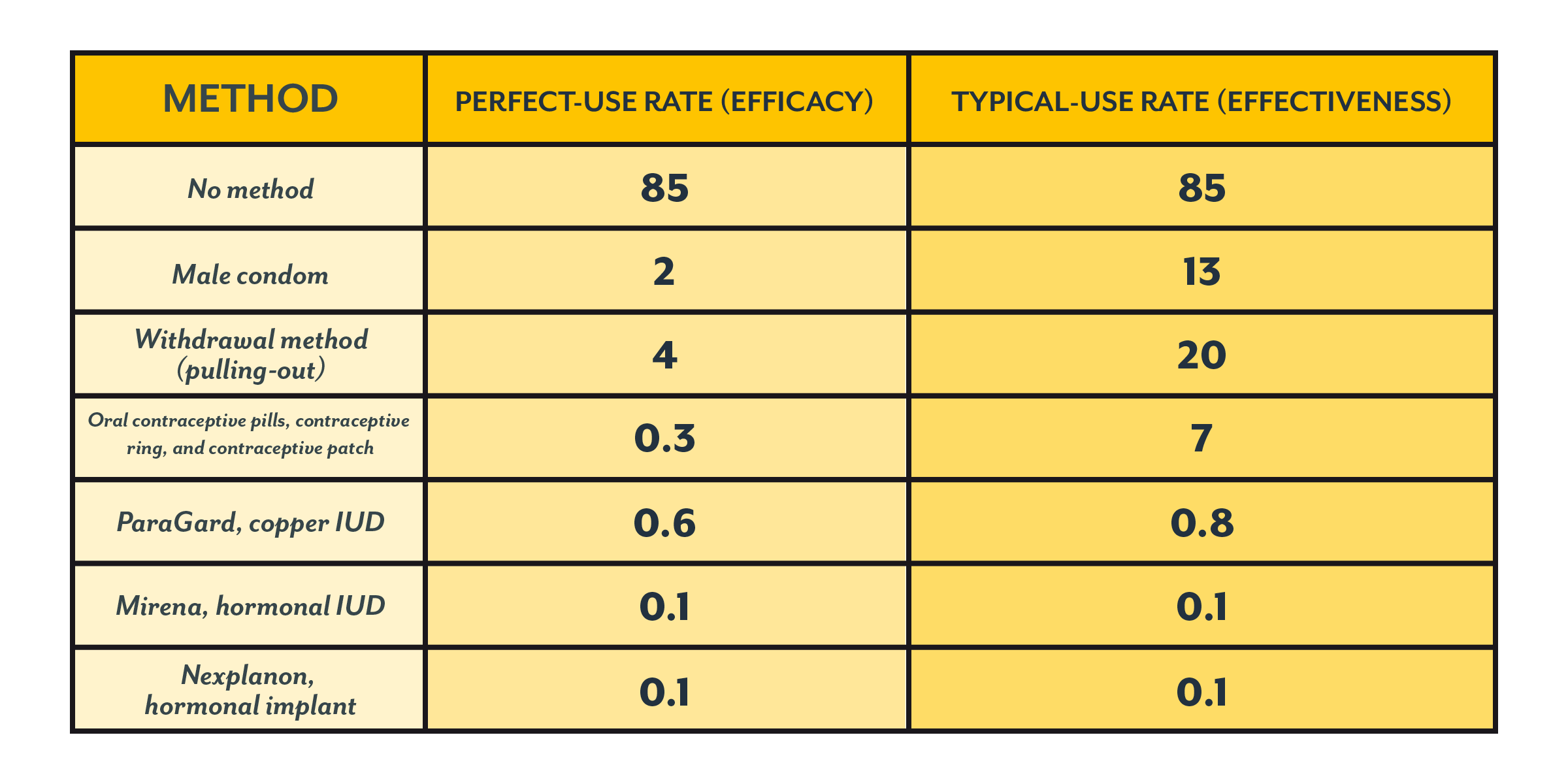

The sponge has a number of benefits that make it a super convenient form of contraception: it doesn’t require a prescription or fitting, it protects against pregnancy for a full 24 hours, and it doesn’t require a partner’s cooperation. It also contains spermicide, so it blocks as well as kills sperm. Made famous by Seinfeld, the sponge is a soft foam disk that’s inserted into the vagina before sex and removed afterward. The Short- and Long-Term Side Effects of the Sponge When you put synthetic hormones in your body and disrupt your natural cycle, you eliminate the possibility of being in tune with your body - and with it the ability to understand the important messages it may be sending you. Ultimately, we believe the best way to give your body what it needs is to be in tune with it. Those conditions include blood clotting disorders, high blood pressure, diabetes, headaches with neurologic symptoms, heart disease, and history of stroke or breast cancer. What’s more, any sort of hormonal contraception should be completely avoided by women with certain conditions. This risk is rare but it does exist, and is more pronounced in women who get migraines. This risk is higher in women over 35 and those who smoke.

Breast cancer, especially in younger women (those under 35).This risk is higher in women over 40 and those who are overweight or smoke. Thrombosis, also known as blood clots.In the short-term, there are a number of potential unpleasant side effects, such as headaches, nausea, sore breasts, vaginal yeast infections, spotting between periods, and reduced libido.īecause synthetic hormones mess up your body’s natural balance of hormones - and because hormones are so essential to the overall functioning of your body - there are also some more serious risks, including: We’ll get into the specific risks of each birth control option below, but for now we’ll just give a broad overview to help you better understand how hormonal contraceptives impact your health. Hormonal contraception can be very effective at preventing pregnancy, but taking these hormones does carry risks that we want to point out. Most contraceptive methods are hormonal, so many millions of American women are taking synthetic hormones in one form or another.

Non Hormonal Contraceptionīefore we get into your specific birth control options, it’s important to understand that all methods of birth control fall into one of two categories: hormonal and non-hormonal. Read on to find out the short- and long-term side effects of the most common birth control options out there. We’ve ranked the contraceptive options below from most side effects to least, in our view, but remember that ultimately it’s all about finding what works best for you. We also all have our own risk profiles for getting pregnant. After all, we all have different bodies, medical histories, sensitivities, and lifestyles. Of course, each birth control option has its own enthusiastic fans and detractors.


 0 kommentar(er)
0 kommentar(er)
